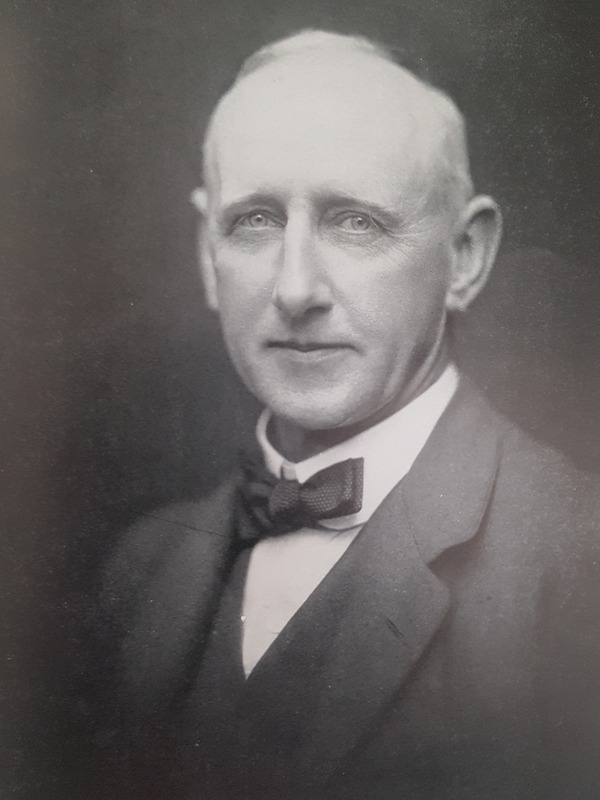|
|

Photo courtesy of Cambridgelad
Listing last updated on 19 Apr 2024.
Dr. Alfred Henry Williams (May 8, 1864 Waerenga-a-hika, Poverty Bay, New Zealand - September 14, 1939 Roffrey, Sussex) was President of the National Rose Society in 1933-4 and an amateur rose breeder.
[From WikiTree:] Alfred Henry Williams was born at the Mission Station at Waerenga-a-hika, in New Zealand, on 8th May 1864. His grandfather, William Williams, became the first bishop of Waiapu, his father, William Leonard Williams, became the third bishop and his older brother, Herbert William Williams became the sixth bishop. A.H.W. came to Edinburgh University, from 1883-1887, to study medicine. After qualifying, he worked in the Middlesex Hospital and the Brompton Hospital and did several trips with the New Zealand Shipping Company out to N.Z. and back as a ship's doctor. Eventually, he became a G.P. in Harrow, Middlesex, living at the Moat. In addition to a large practice, A.H.W was also Harrow Police Surgeon, and he was responsible for the construction of the Harrow Cottage Hospital on Roxeth Hill, and the raising of the money to build it.
[From Rose Letter, February 2018, p. 4 ff.:] Dr. A. H. Williams was born in 1864. He studied medicine at Jesus College, Cambridge, England before beginning his general practice. An early rose enthusiast, he joined England’s National Rose Society in 1894, all the while enjoying hybridization and raising new seedlings. After 1916 he did little rose breeding, surrendered his practice, and left his home at Harrow-on-the-Hill to live in Manchester while working first as a recruiter for the war, then for the Ministry of Pensions (which handled war pensions for the armed forces and their dependents). In 1923 he moved to Maple House near Horsham and resumed his rose hobby. As part of his involvement with the rose society, he was instrumental in 1928 in establishing the trial grounds at Haywards Heath and its collection of species roses. By 1943, part of the grounds had been dedicated by government mandate to food production in its war effort. When the grounds closed in 1949, the plants were moved to the new trial grounds near St. Albans.
|